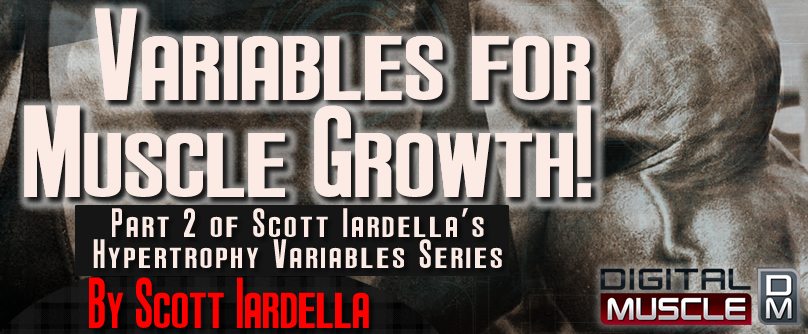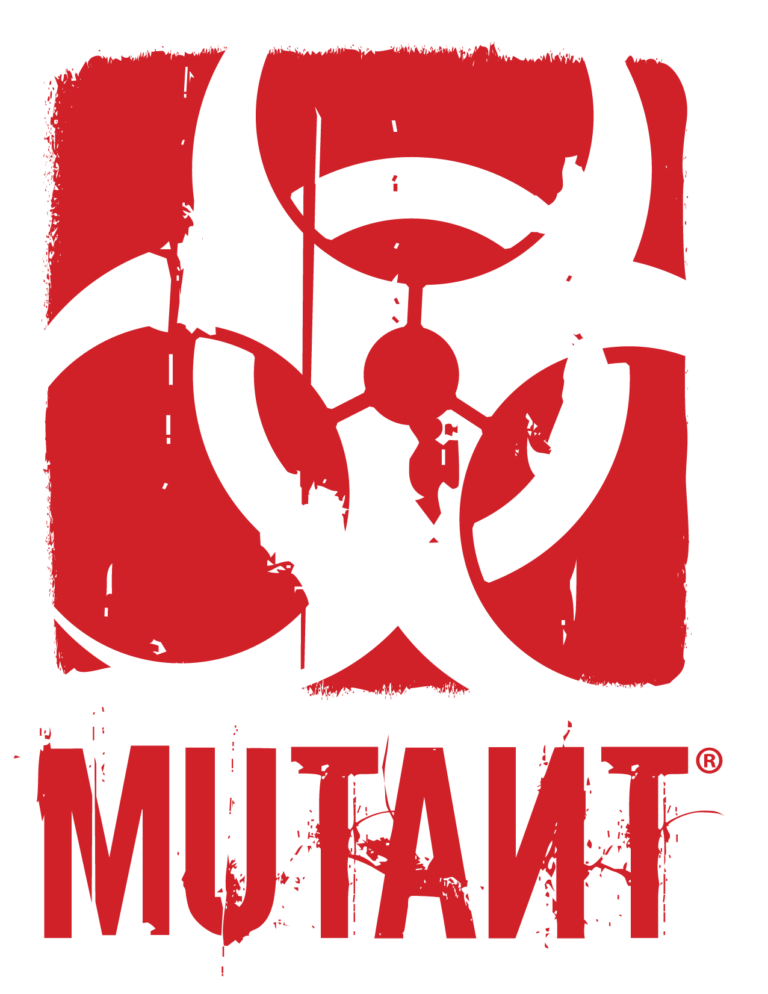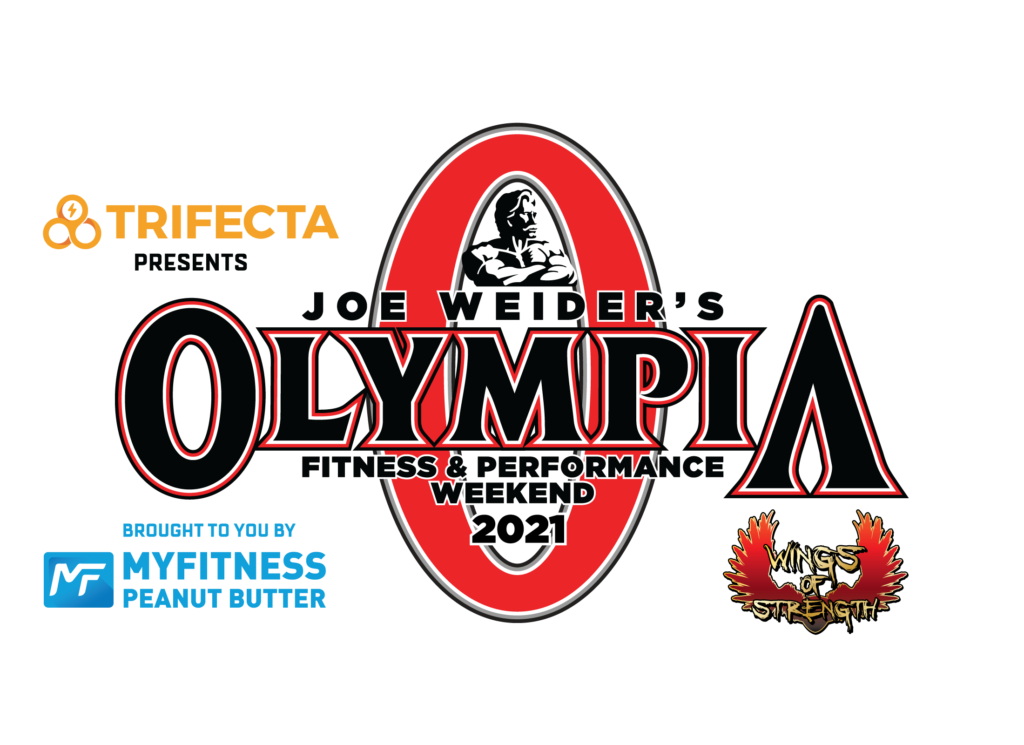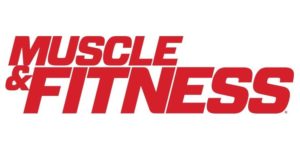By Scott Iardella
In Part I of my Maximizing Hypertrophy series, we talked about 3 of the most important training variables: volume, intensity, and exercise selection. These 3 are critically important to maximizing muscle building or the hypertrophic response. If you implement these 3 appropriately, maximizing hypertrophy could be much easier, yet there are more considerations in the quest for muscle.
Here in Part II, we’ll discuss 3 more training variables. Understanding them will be key to maximizing muscle building potential. Let’s get started.
As we begin, remember that muscle building is both an art and a science. That means that there’s still a lot we can still learn about how to maximize hypertrophy. If it were easy, everyone would walk around looking like a professional bodybuilder!
We also have to remember there are major differences between trained and untrained individuals. What I mean is when we look at training variables and the science of muscle building – we definitely have to consider “training age” of the individual. Some people may be closer to their genetic ceiling than others based on how long they’ve been training. Keep this in mind.
No matter what, maximizing muscular development takes hard work and requires the proper application of the right training variables and principles that are specific to the individual. Before drilling down into a few other training variables, let’s quickly review a key training principle – the principle of progressive overload.
OVERLOAD
The principle of progressive overload is essential to make progress in any endeavor of athletic training. Overload is the progressive application of stress or demand to promote a desired result or stimulus. There are many ways to induce stress on the body. In the case of hypertrophy, volume and intensity are key variables that can be increased over time in a well structured hypertrophy program.
The important thing to understand is that you cannot do this indefinitely. In other words, you must have periods of “de-loading” or reduced intensity and volume to progressively move forward.
As I’ve said many times, “you can’t train all-out, all the time.” This is where proper programming (a periodized approach) comes into play to manipulate training variables and follow proper phases of recovery (or de-loading). Overload is a critical training principle but it has to be used intelligently and strategically over the long term.
REST
Inter-set rest intervals (rest between sets) are a training variable that can make a difference, yet it’s something that’s commonly glazed over in hypertrophy programs. Longer rest intervals (3 to 5 minutes) are extremely important for maximum strength development because of the taxing effects on the nervous system and the need to recover longer.
But for muscle building, the research has shown that shorter rest intervals are better. Rest intervals between 60 and 90 seconds seem ideal to stimulate hormonal responses that better contribute to anabolic benefits. We don’t want to take too much time or too little between sets – so 60 to 90 seconds appears to be the “sweet spot” for hypertrophy.
CONTRACTION
We have 3 different types of contraction when a muscle is activated: concentric, isometric, and eccentric. Most people understand this but for a short review: concentric refers to muscle shortening, isometric is when the muscle length stays the same, and eccentric is the lengthening phase of muscle contraction. When we’re talking about muscle building, type of contraction matters.
In the most simple terms, research has demonstrated that eccentric contraction leads to a greater degree of muscle damage and muscle fiber recruitment as compared to concentric. The practical application is to perform slower eccentric contraction as compared to concentric, at least in terms of promoting an anabolic effect. Tempo refers to speed of movement, so think tempo – faster concentric, slower eccentric.
FAILURE
One last training variable I’ll mention is training to failure (TTF). This can be a controversial and complex topic. What’s important to know is that training to failure is not advisable for maximal strength development but it may be beneficial for hypertrophy when done for brief periods of time, as in a periodized approach. We can best summarize training to failure like this:
Do not train to failure for strength – it is much too taxing on the nervous system. However, training to muscular failure to induce hypertrophy could be incorporated into a well-designed program for short periods – that do not push into an overtrained state.
We’ve covered many key training variables to maximize hypertrophy in this 2 part article series. As mentioned, we still have so much to uncover to better understand how to enhance hypertrophic responses. While there are many considerations and factors, it is well established that volume and intensity are primary drivers. Yet, all the variables can make a significant impact in the quest for size. The strategic use and manipulation of these variables is the key to maximizing hypertrophy.
Related Story: Check Out Part 1 of Scott’s Muscular Hypertophy Series
As a physical therapist and a strength coach, Scott has spent 3 decades teaching unconventional approaches to strength & performance training for long term health and fitness results. With numerous training and nutrition certifications, Scott is also one of the world’s foremost experts in kettlebell training and the prominent host of the Rdella Training Podcast. — Scott is the author of The Edge of Strength, a comprehensive new book describing his philosophy and methodology of training and performance (now available at Amazon.com)





